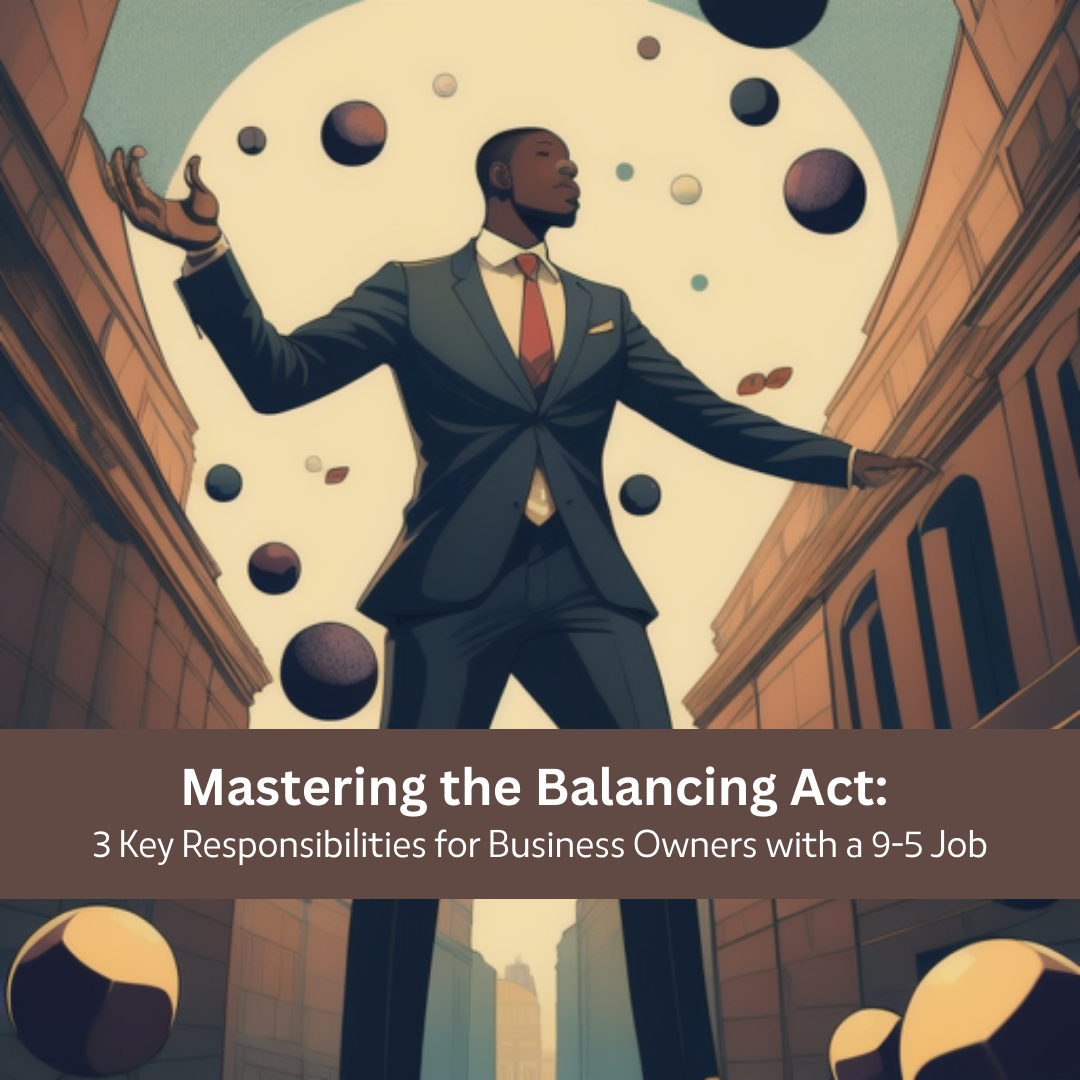For a long time, people have been complaining that the fashion industry is bad for the environment. This is because of things like textile production that creates pollution, and the tons of waste that is created by fast fashion trends.
But recently, there has been a change in things, since consumers are now more aware of the clothes that they buy. Because of this shift in consumers, the fashion industry is changing too. This means that brands are looking at their practices and trying to become more eco-friendly.
The Shift in Consumer Behavior
Fashion is being shaken up in a big way, and it’s all thanks to you. You see, we shoppers are driving this whole sustainable fashion movement. That’s right, the millennials and Gen Zers are using our money power to make brands nicer to the Earth.
Now, it’s not enough to just sell organic cotton T-shirts or recycled polyester clothes. Savvy shoppers like us are looking at the whole supply chain of the brands we buy from. We want to know everything about how you make your stuff. What are your labor practices? What chemicals do you use? How do you manage waste? We want transparency and accountability. We want you to take responsibility for your impact on the environment and take real steps to reduce it.
Fashion companies, listen up. If you want to stay in the game, you need to start embracing sustainable practices across the board. Today’s generation is not kidding around. They are the future of fashion, and they’re demanding change.
The Response from Fashion Brands
As consumers become more vocal about their sustainability expectations, fashion brands have been forced to adapt. Many leading companies have started to implement sustainable initiatives, such as using recycled materials, investing in renewable energy, and developing innovative closed-loop production systems.
For example, H&M has set a goal of using only recycled or sustainably sourced materials by 2030, while Adidas has partnered with Parley for the Oceans to create shoes made from ocean plastic waste. Luxury brands like Stella McCartney and Gucci have also embraced circularity, exploring ways to extend the life of their products and reduce waste.
The Challenges Ahead
While the progress in sustainable fashion is encouraging, there are still significant hurdles to overcome. The industry’s reliance on fast fashion and global supply chains makes it difficult to implement sweeping changes overnight. Additionally, the cost of sustainable materials and production methods can be a barrier for some brands and consumers.
However, as consumer demand for eco-friendly fashion continues to grow, and as technology and innovation advance, the industry is poised to make even greater strides in the years to come. By working together, fashion brands, policymakers, and consumers can create a more sustainable and responsible industry that meets the needs of both people and the planet.
Conclusion
Sustainable fashion is a shining example of how consumers can change an entire industry. Shoppers have forced fashion brands to change how they do things by voting with their wallets. Now fashion is moving towards being more environmentally conscious. There are still problems to fix, but the future of fashion looks brighter, and we’re moving toward an industry that is more sustainable and responsible.


